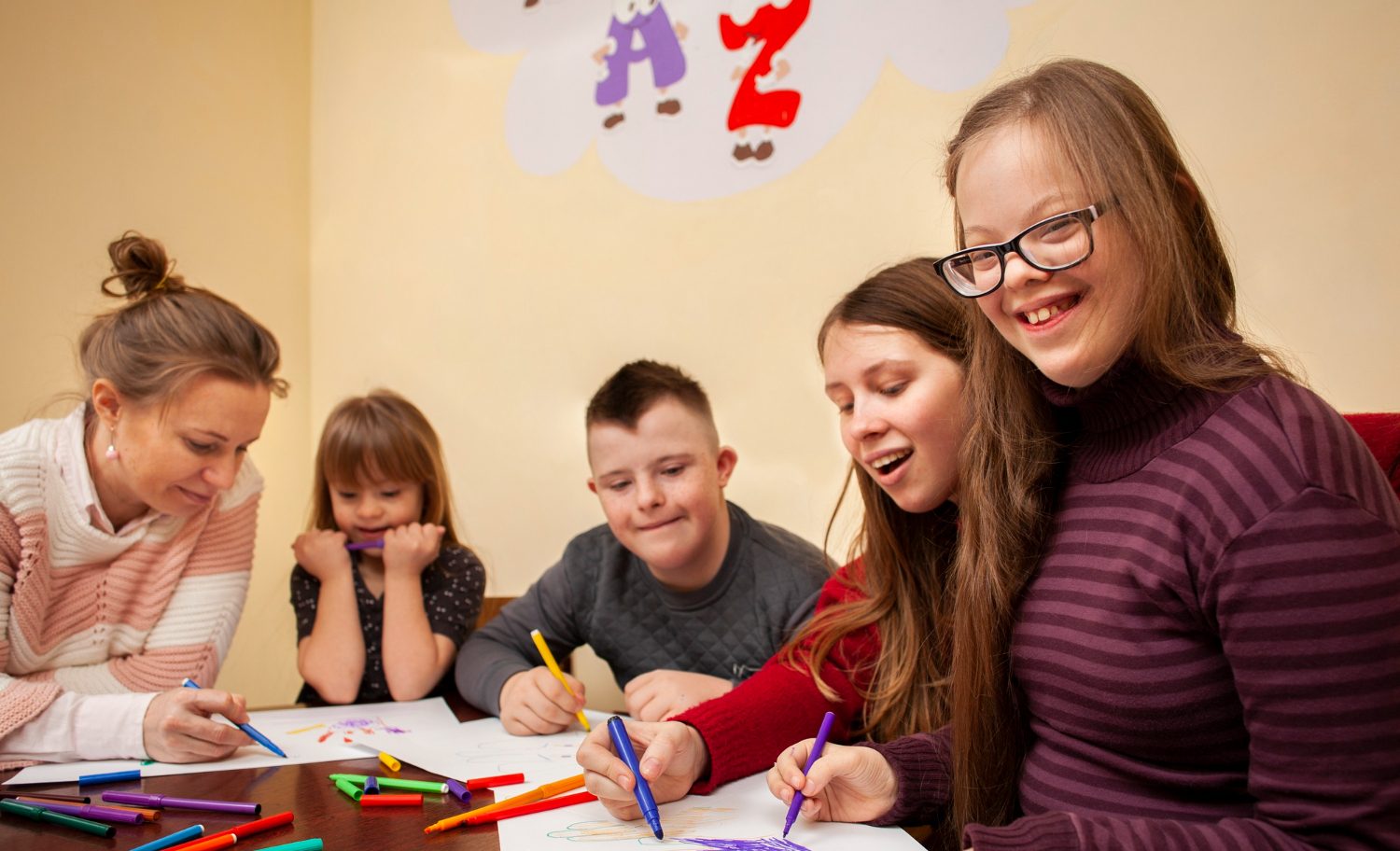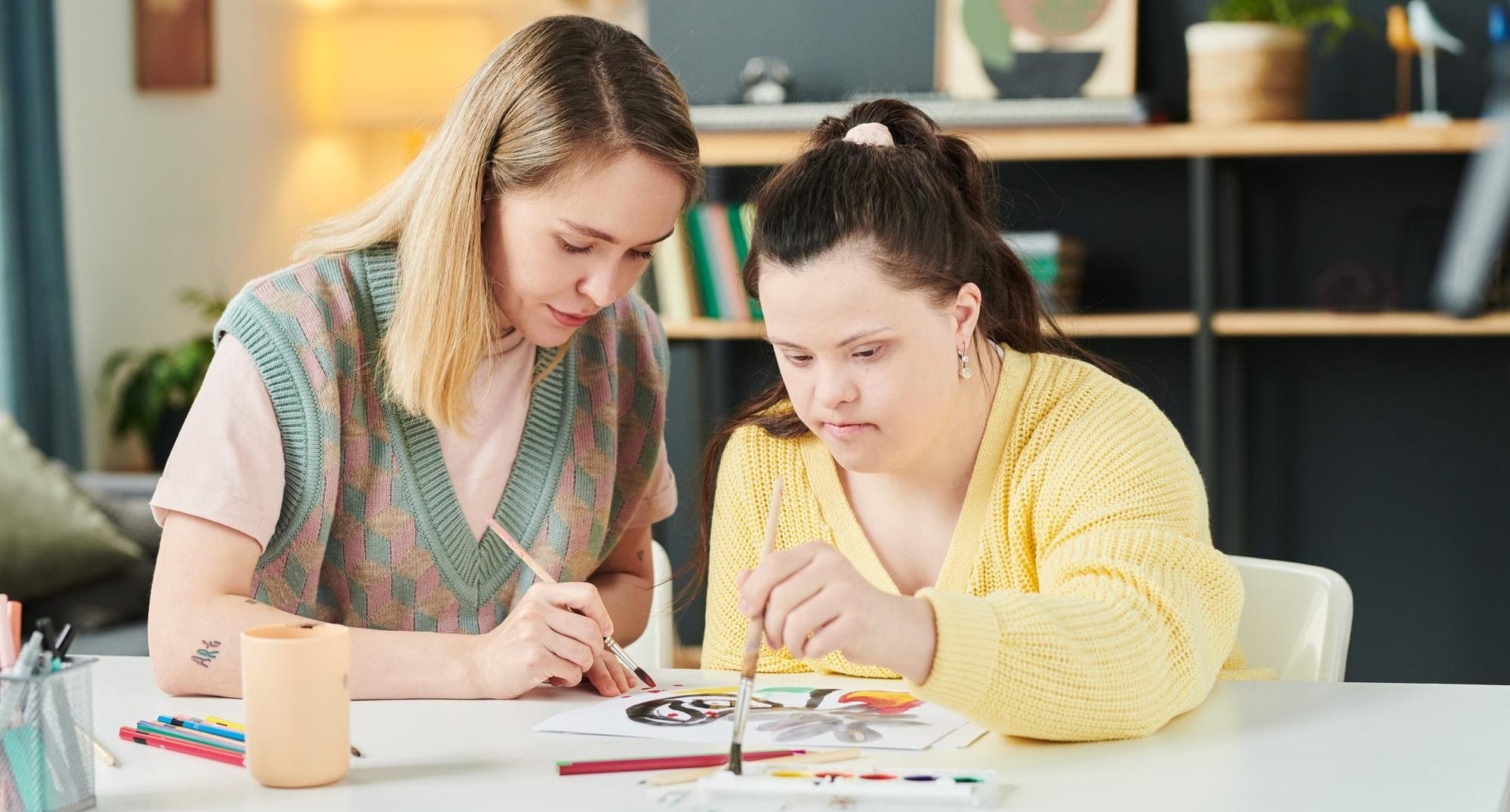Managing behaviour in a classroom setting can be challenging. However, when it comes to students with Special Educational Needs (SEN), teachers and teaching assistants must adopt especially thoughtful and adaptable strategies. These students often require a more individualised approach to ensure that they can participate fully in learning and social activities.
If you’re working with special needs children and are stuck on how to go about managing the behaviours of your students, we’ve got you covered! We will identify classroom-based strategies, which may be useful in meeting pupils’ needs within their lessons. By implementing the following techniques, SEN teachers and SEN teaching assistants can create an environment where all students feel valued and able to achieve their potential.






